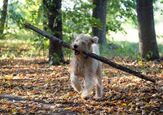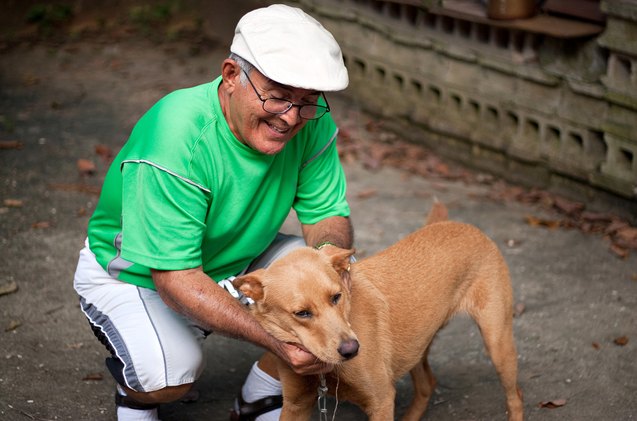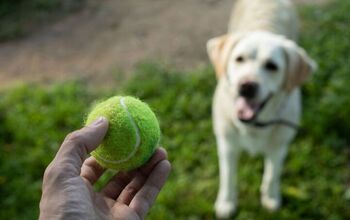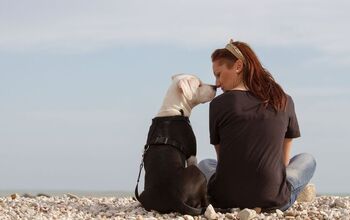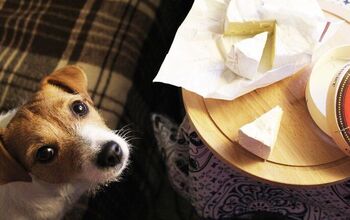Ask The Hairy Dogfathers: All That Miss Behav-in’

Dear Hairy Dogfathers,
My daughter wants me to take her dog out for walks while she works during her 12-hour shifts. But her dog “Lucas” is not too sociable with other dogs and humans. How can I help?
Related: Cabin Pet-quette
Dear Miss Behave’s Grandpa,
It’s nice to hear that you want to help your daughter out, and it’s good that you recognize that handling not-so-sociable dogs can be tricky. One thing that most people don’t think about is that there are actually two ways to tire out a dog: physically and mentally.
If you really want to help your daughter out, I would recommend you treat Lucas and your daughter to an obedience class and take the class with them. You can practice the skills you learn from class with Lucas at home while your daughter is busy at work.
If you do this, Lucas will be mentally exhausted by the time your daughter gets home, and will help give him some basic social skills and self-control which should help him behave more appropriately around other dogs and humans.
André
Related: Bad Manners At The Dog Park
Dear Miss Behave’s Grandpa,
You’re awesome for stepping up to the plate! Many dogs are turned into shelters due to changes in their owner’s schedules and also due to anti-social behaviours. By stepping in, you are not only helping your daughter out, but you are also helping keep her dog out of a shelter. But it sounds like some more work is needed.
I strongly second the opinion of attending obedience classes with your daughter and her dog. In the meantime, look for some out of the way trails where you walk with Lucas and minimize his contact with other dogs. Avoiding peak times will help ensure you have the trails and parks to yourself. This way you can begin to work on some of the skills from the obedience class with fewer distractions. You and Lucas will have more success, and taking him out will feel less like a chore, and the both of you will have way more fun!
Kevin

More by Hairy Dogfathers
